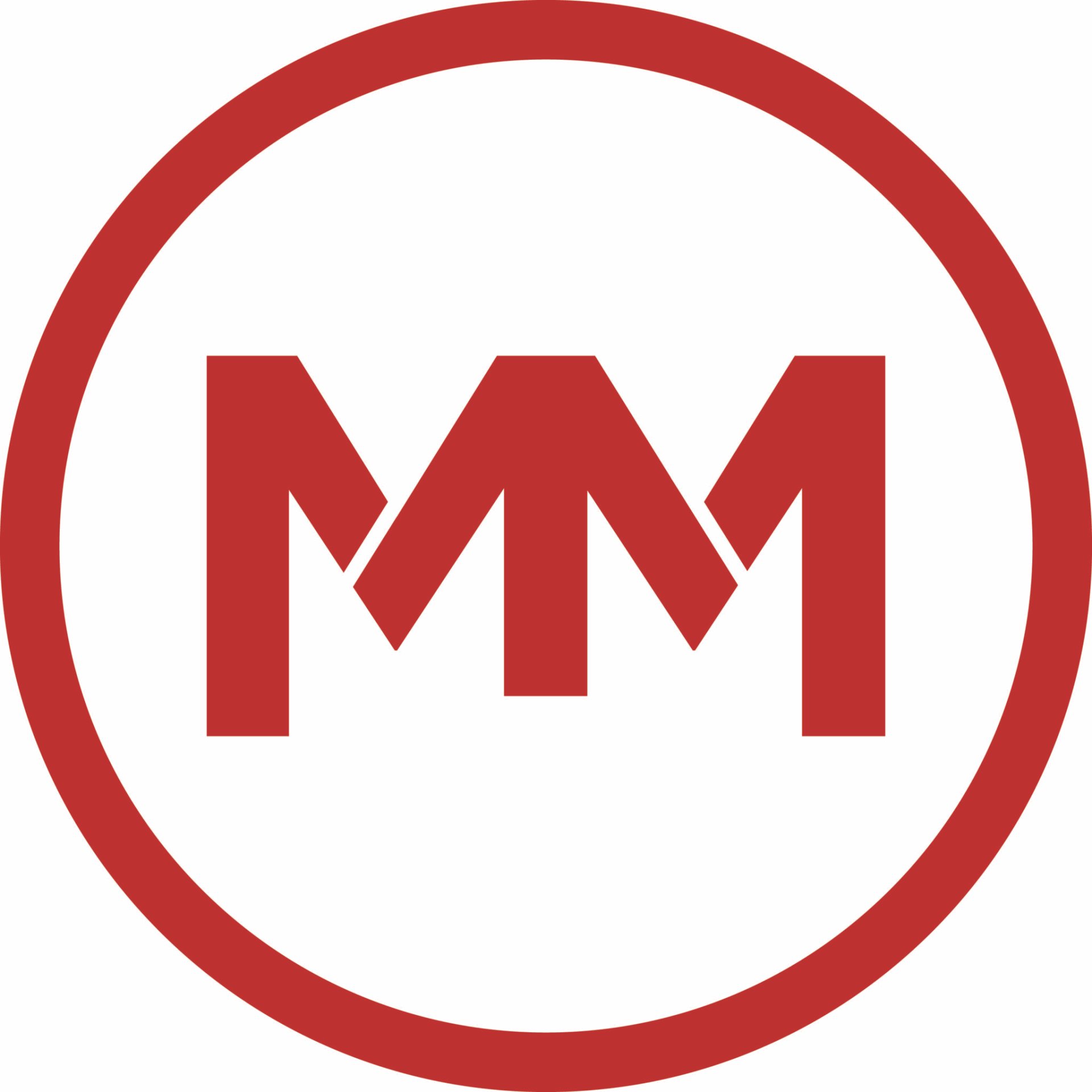5 tips to help you save for a house
Are you thinking it’s time to start saving up for a home? If so, congrats on starting your home-buying journey!
Figuring out your budget is definitely a great place to start, that way you can have a clear picture on the type of home you can afford as well as what steps you need to take towards saving up for things like your down payment and closing costs.
Now, we know down payments can be a little overwhelming, especially if you’ve heard you HAVE to put 20% down. But we’re here to tell you that that’s not necessarily true! Some loan options require as little as 3% down for qualified borrowers. Which is why it’s important to chat with your loan officer about what options are available to you!
So let’s dive into some strategies on how to determine your budget and stick to it so you can get to the homeownership finish line.
1 - Settle on a home-buying budget
Before you even start looking at homes, make sure to set a budget.
A budget can help tell your mortgage lender what amount you'll want to be pre-approved for, and it'll inform the realtor of the types of homes (and neighborhoods) you'll be able to afford. Having a home-buying budget in mind can also help you avoid spending time looking at homes you can’t afford.
To set a budget, you'll want to review your overall financial situation and determine:
- Your credit history and credit score.
- Your total amount of debt.
- Your current outlay of cash every month for food, car payments, essentials, etc.
- The amount of monthly income you have coming in.
- The amount you've already saved for a downpayment and associated homeownership costs.
A mortgage loan officer near you will be able to ask you more questions and help you determine a home-buying budget or you can use our affordability calculator. And whatever that number is, try to look for homes below that range: it takes more money to run a home than just paying a mortgage bill every 30 days. Plus, add some cushion for maintenance and entertainment every once in a while.
2 - Create a monthly savings plan
Once you pinpoint how much you can afford on a home, you'll want to set a monthly savings goal to help get you there — while still ensuring you can live within a tight day-to-day living budget.
A monthly budget will help you:
- understand where your money is going so that you can put money towards your new house fund
- plan for big expenses
- not overspend on unnecessary expenditures
- find areas where you can cut spending
To create your monthly savings budget, you'll want to consider your home buying budget (see step 1), think about how long you're giving yourself to save for a down payment, how much it'll be and how much you've already put aside.
For instance, let's say you hope to buy a $400,000 home in 12 months with a 10% down payment (which would be $40,000). And imagine you have $5,000 already saved. You'll need to save $2,916 monthly to make up the additional $35,000. If that's doable within your budget, great. If not, you may need to adjust your timeline, your target home price or both.
And don't forget, you'll need to factor in the potential closing costs into your savings plan -- these can be 3-6% of a home's selling price.

3 - Pay yourself first
Want a surefire way to save money? Pay yourself first. A pay-yourself-first plan prioritizes using your income toward savings goals — like buying your home — before living expenses. Whenever you receive your paycheck, immediately put the monthly amount targeted for your house into your savings account.
Putting $$ into your house fund first requires that you don't spend money on anything else until you put it away to meet your home-buying goals. Putting money towards your new home should be the very first bill you pay each month. To make it easier, work with your bank to set aside the specific amount you determined in Step 2 to be automatically moved to your savings account once a month.
Once this becomes a regular money habit, you'll have an easier time reassessing your financial priorities. Plus, it's a great saving skill to use for retirement and other financial goals down the road.
4 - Cut down on your nice-to-haves
A down payment can be a large amount of money, so it's probably going to be helpful to find ways to cut expenses to help you save — and that means making some sacrifices. Here are some ideas:
- Rethink your weekly grocery spending. With grocery costs creeping up recently, it might be helpful to consider generic brands to reduce costs. Although the name-brand items can be enticing, it might not be worth the extra cash.
- Avoid auto-renew. Internet-based apps and streaming services on auto-renew — like Netflix, Hulu, Spotify and Amazon Prime — are easy to forget, especially if you don't use them much. Take some time to double-check what you’re signed up for and decide if you still need it.
- Spend windfalls wisely. If you get a tax refund, work bonus or family inheritance, use it to pay off your student loans or the balance on your credit card. This could affect your debt-to-income ratio and help your lender determine a total monthly mortgage payment you can afford!
- Take control of your cell phone. Get rid of extras like useless warranties, phone insurance and costly data plans. Ask for a better plan or switch providers! Doing so might require a little research, but the savings are worth it.
- Eat at home. We know ordering DoorDash or UberEats is definitely convenient, but if you’re saving for a home, it might be worth giving home-cooked meals a try more often. Although it might not seem like much, those food orders can add up quickly!
- Stay put. A vacation does the opposite when trying to save money — unless you try a staycation. Being a tourist in your own town will not only save you $$$, but it'll also help you see your home in a new light!
5 - Check out down payment assistance programs
If you think you could still use some help with your down payment, be sure to ask your loan officer about down payment assistance programs that may be available for you!
One program Movement has that could help make buying a home more affordable is Movement Boost, which helps qualified FHA borrowers cover their entire 3.5% down payment and even a portion of their closing costs.*
Utilizing programs like these can help reduce stress around covering your down payment so you can focus on other aspects of the home-buying process!
*For qualified borrowers. Down payment assistance is in the form of repayable second lien with a 10 year amortization term and a rate at 2% above the first lien rate. Additional restrictions apply.
Let's get you on the right savings track
If you’re ready to start saving for your new home, contact a Movement loan officer near you today to learn how much you can comfortably afford! They can help you set up a budget that works for you AND find a home that best suits your needs.



